Contents:
Mizudashi preparation
The different preparation methods
Making Mizudashi cold brew tea offers a variety of flavor experiences that will delight any tea lover, whether beginner or experienced. In this blog, we'll introduce you to four unique methods that will help you make the perfect cup of cold brew tea. Each method offers a different flavor dimension and intensity, so you can choose the right one based on your preference and the time available.
MIZUDASHI 水出し
The traditional cold brew tea method
We start with the traditional Mizudashi method, the heart of cold brew tea preparation. Place the tea leaves or tea bag in a container of your choice. For optimal results, we recommend adding ice cubes before placing the container in the refrigerator.
The brewing time varies depending on the type of tea and the desired intensity of flavor and can be from a few minutes to 12-16 hours. This method is particularly gentle and produces the best aroma, but requires patience. We also offer faster alternatives if you have less time.
In addition to the shading that is often practiced, the special feature of Japanese teas is the fact that they are always steamed after harvest. The freshly harvested tea leaves are treated with steam to stop oxidation and preserve the fresh, natural aromas.
A distinction is made between 3 different depths of steaming, which affect the brewing time required for cold brew tea:
| The damping depth | The brewing time as Mizudashi Cold Brew |
| Asamushi (lightly steamed) | longer brewing time at least 2-3 hours |
| Chumuushi (medium steamed) | shorter brewing time at least 30min - 1.5 hours |
| Fukamushi (strongly dampened) | short brewing time at least 5-20 minutes |
Koucha (black tea) and oolong tea also prefer slightly longer brewing times of at least 2-3 hours.
Roasted and unsteamed teas also tend to be ready a little sooner, in at least 1-2 hours.
Pro tip: Shaking or swirling the container shortens the brewing time considerably. Finely chopped leaves in pyramid tea bags are brewed particularly quickly and are almost ready to drink straight away.
SHAKEN OR STIRRED
The fastest Mizudashi extraction method
To do this, take the tea leaves or tea bags and put them in a water bottle that is as cold as possible. Then shake vigorously until the desired color and aroma are achieved. If you do this with loose tea, you should strain the infusion afterwards or at least wait a while until the leaves settle at the bottom of the bottle and then drink slowly and relaxed.
You can also put the tea bag or loose leaf tea in a glass or teapot, ideally with ice cubes, and then stir with a spoon or gently swirl the teapot until the desired infusion color and aroma are achieved.
THE HYBRID METHOD
Combine the benefits of warm infusion with cold brew tea
With this particular method, you first make a normal warm infusion, preferably a variety where temperatures range between 50-60 degrees. However, it is also possible with varieties with higher infusion temperatures.
To do this, pour the fresh hot infusion directly into a glass or tea bowl filled with ice cubes. Therefore, low infusion temperatures are advantageous so that the infusion is not diluted too much.
A Yuzamashi, a Japanese water cooling vessel, is particularly helpful here. You can first put the brewed tea in the Yuzamashi to cool and then pour it over the ice cubes to get a more intense undiluted infusion.
Of course, you miss out on certain benefits of Mizudashi, but you can save time and enjoy certain benefits of hot tea if you want them.
This means that more caffeine, as well as tannins and bitter substances that stimulate digestion, get into the tea. However, the ice cubes ultimately make the tea less bitter than with a normal brew.
KOORIDASHI 氷出し
The special process - extraction through ice cubes
The name "Kooridashi" is made up of the Japanese words for ice (氷, Koori) and pouring or extracting (出し, Dashi). This extraction process is a specialty and is perfect for experienced tea drinkers. You put ice cubes in a Kyusu or another vessel and add the leaves. As the ice melts, a slow and extremely cold extraction is carried out, which results in a small amount of highly concentrated infusion with a particularly intense aroma. This process is used primarily for high-quality shade teas such as Gyokuro, but it can be used with any Japanese tea. The particularly cold extraction extracts the nutrients and vital substances in a perfect ratio. This not only results in an explosion of flavor, but also an extra portion of vitality.

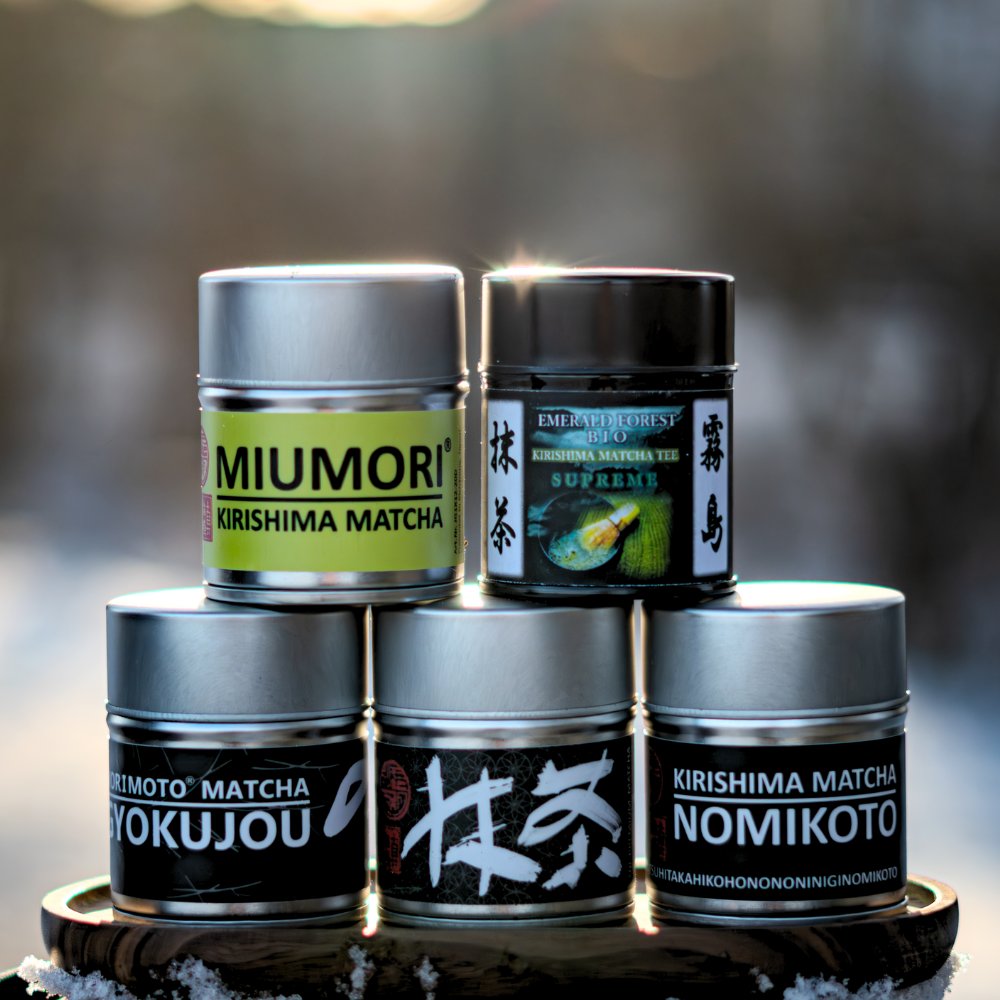

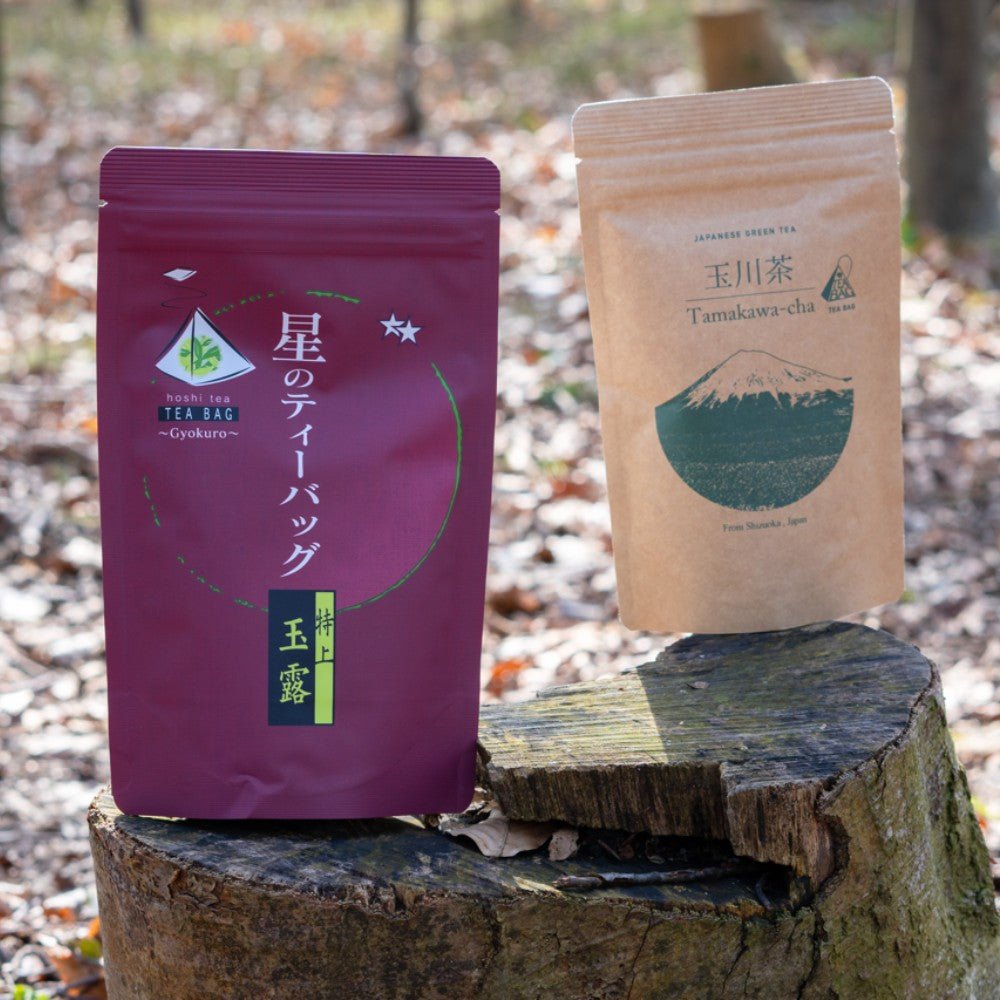
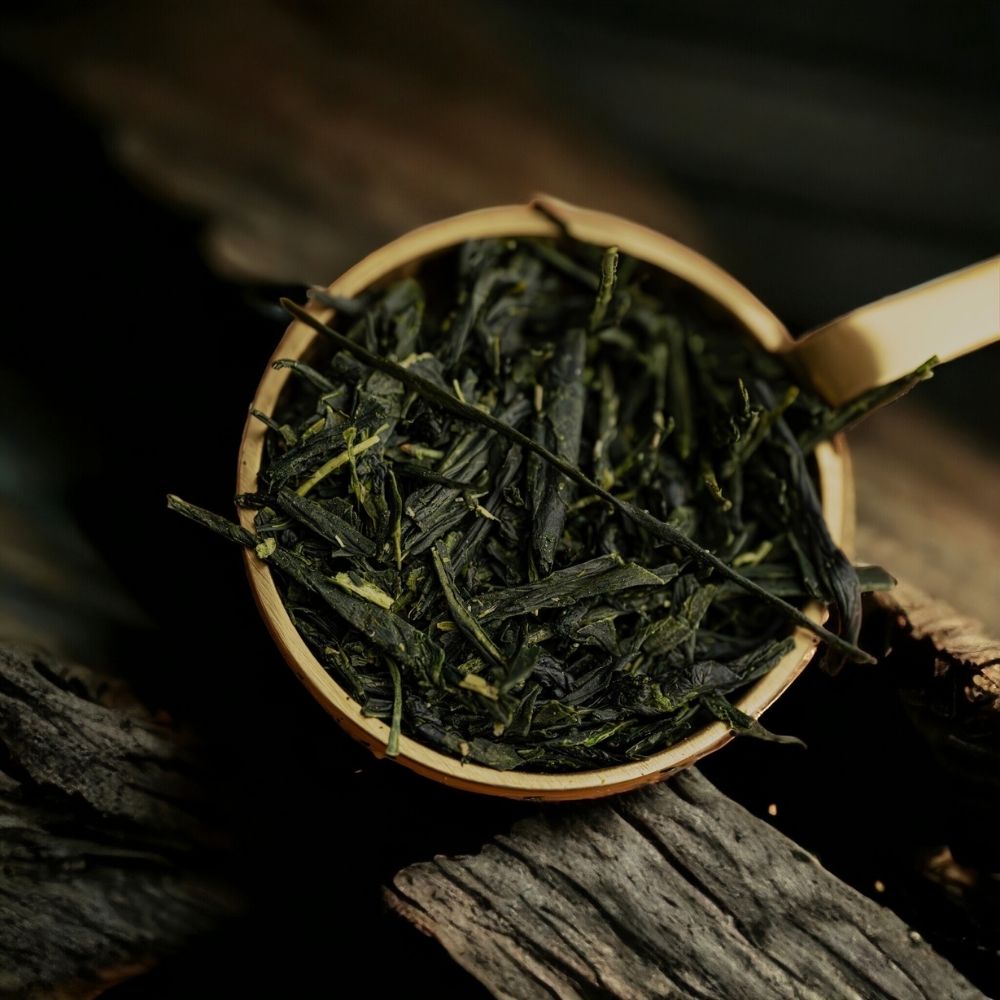


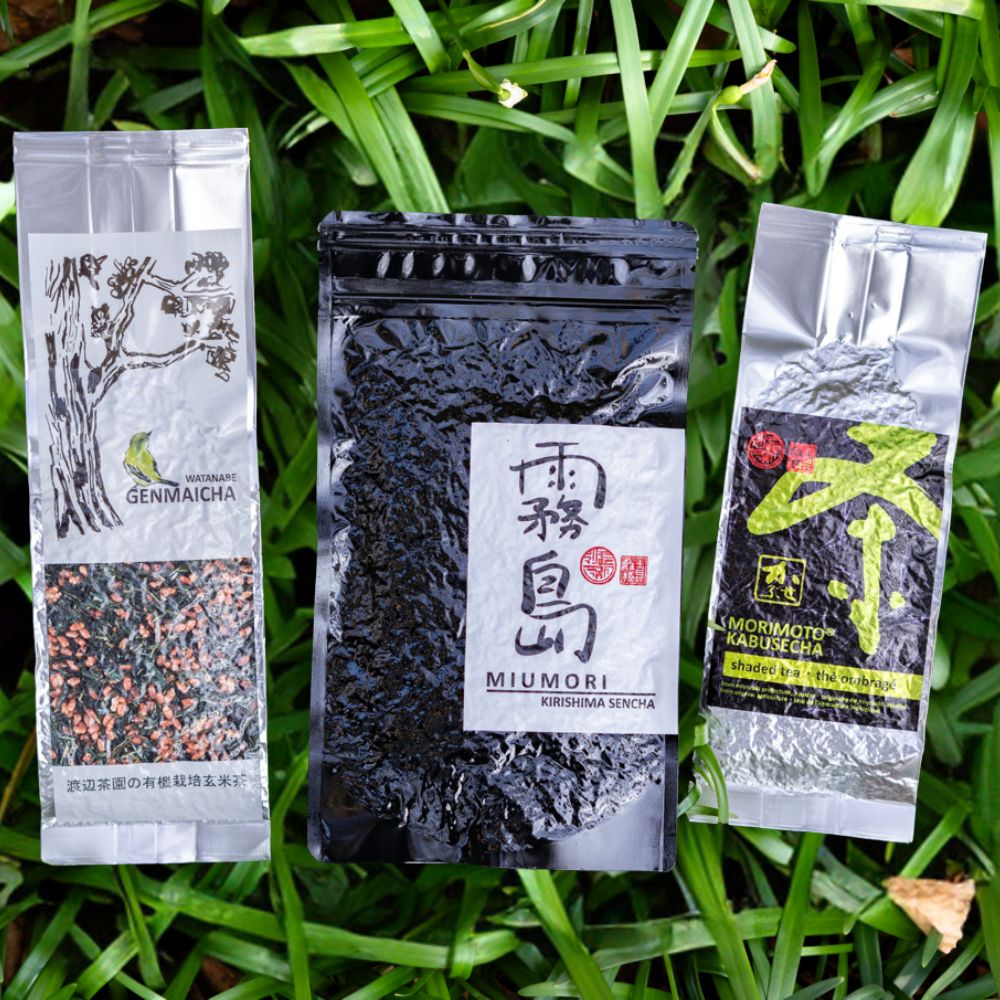
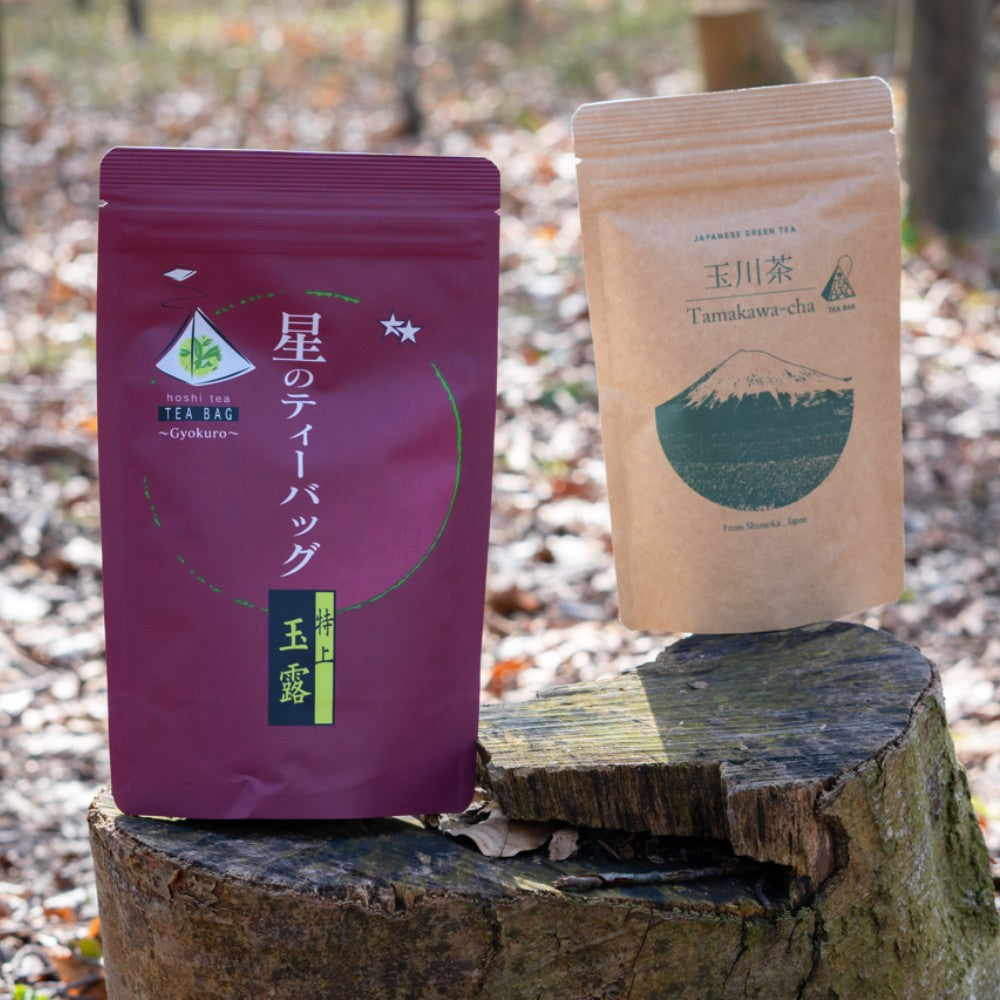
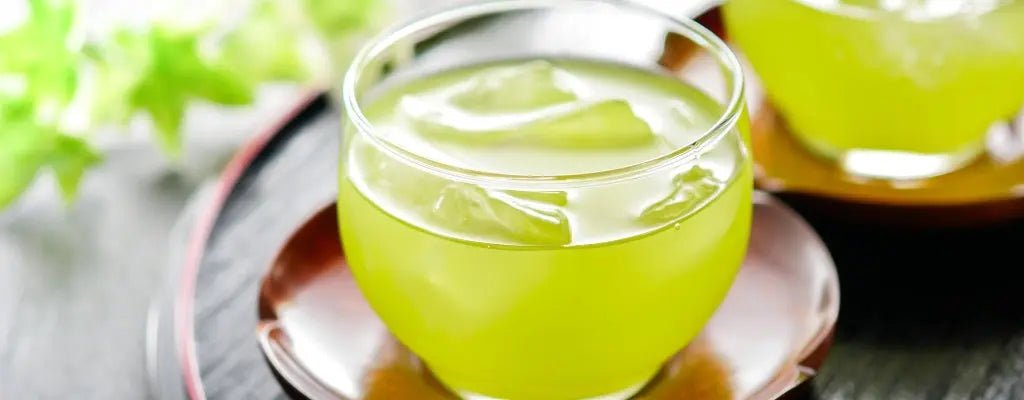



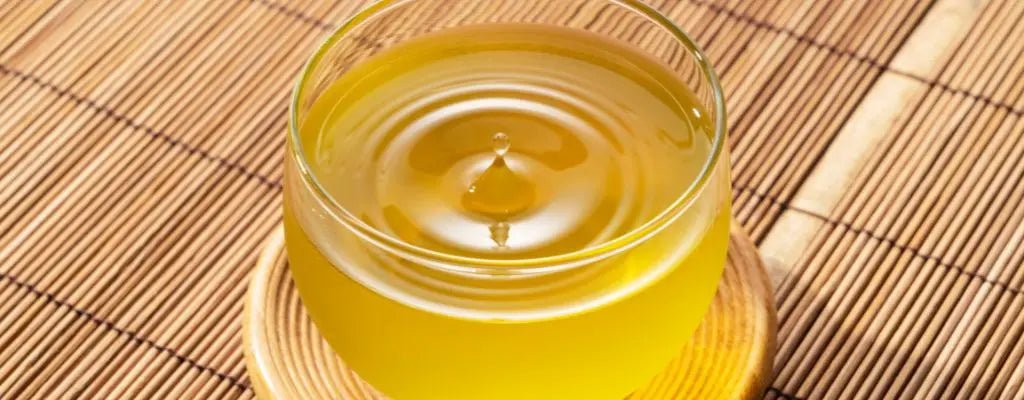
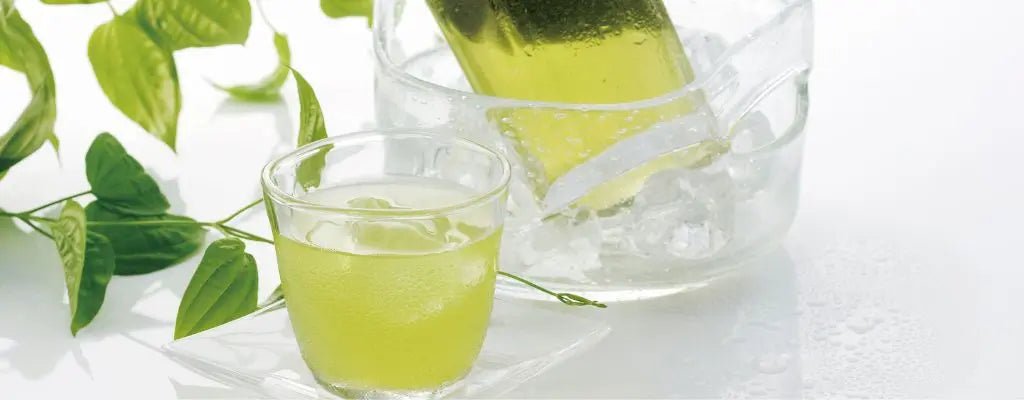
Leave a comment
This site is protected by hCaptcha and the hCaptcha Privacy Policy and Terms of Service apply.